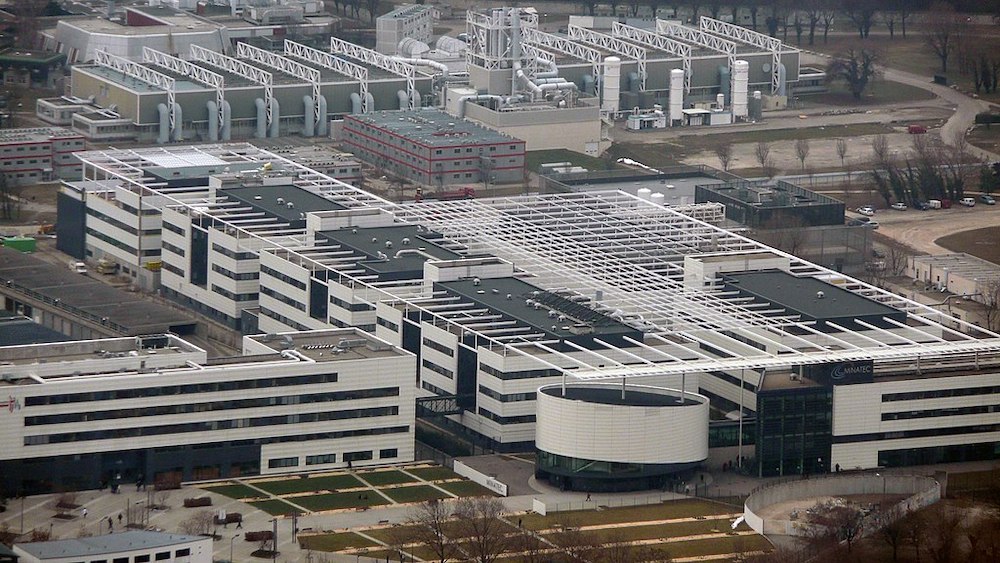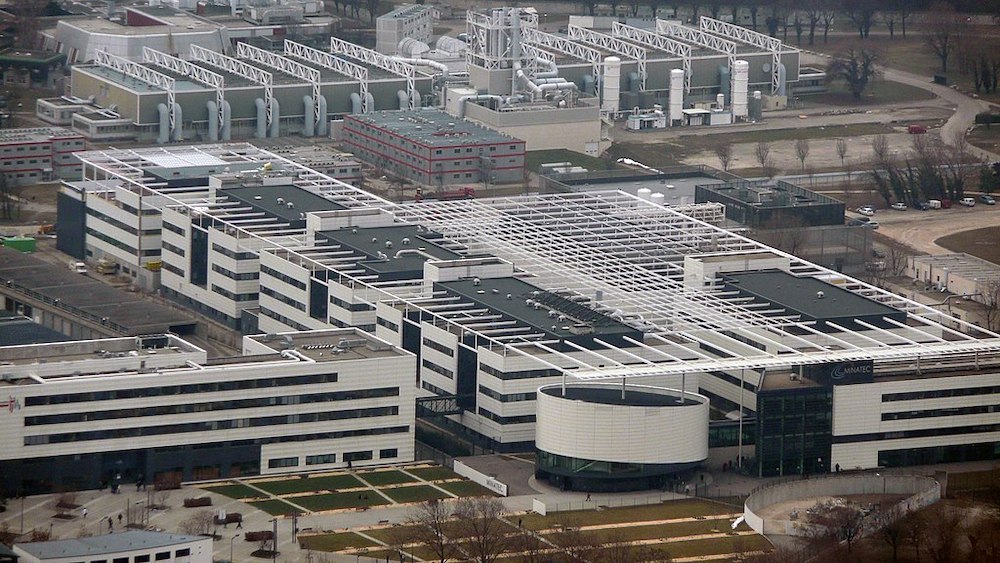
Eyeing future demand for hack-proof digital communication in a quantum-information world, CEA-Leti today announced plans to build a quantum-photonics platform to develop next-generation technologies for key industries that require ultra-secure data transmission. Quantum technology is expected to provide unconditionally safe data encryption required by the finance, health care, energy, telecommunications, defense and other essential industries and sectors.
Funded by Carnot, a French multidisciplinary network that pursues R&D which benefits society, the project will build on CEA-Leti’s silicon-photonics platform complemented with new quantum characterization equipment for designing, processing and testing quantum-photonic integrated components and circuits. The institute uses photons to build quantum bits, or qubits, which are the best physical means for quantum communications.
The three-year project will fabricate silicon-photonics circuits that generate single photons, manipulate those photons with linear optical components such as slow and rapid phase shifters and detect them with superconducting nanowire single-photon detectors (SNSPD). The project will build demonstrators for transmitting and receiving information in a quantum-based system to deliver quantum-technology’s promise for ultra-secure cryptography. For example, the demonstrators will realize an integrated qubit transmitter, as a circuit generating single photons and entangling them. An integrated qubit receiver will be built to detect the photons.
Beyond these demonstrators, the CEA-Leti team will focus on integrating the qubit transmitter and the qubit receiver on one unique platform to address also quantum computing applications.
“Almost daily, we read about breaches of standard cryptography protocols, with major financial-loss and security-risk implications, and the threat to critical infrastructure, such as power-supply systems,” said Ségolène Olivier, R&D project leader at CEA-Leti and coordinator of this project. “With the future advent of quantum computers, the risk will drastically increase as current encryption algorithms will not be safe anymore. Quantum cryptography is the solution to this problem as it is not vulnerable to computing power.”
Noting that a quantum system based on single-photon qubits must ensure there is minimal propagation loss of photons to be reliable, Olivier said CEA-Leti’s silicon photonics platform has achieved a world-record of low-loss silicon and ultralow-loss silicon-nitride waveguides. “Propagation losses in waveguides directly impact the data rate and reach of quantum communications links, that’s why it is so important to build ultralow-loss components and circuits,” she said.
CEA-Leti has already demonstrated a generation of entangled photon pairs on its silicon-photonics platform, and has other techniques in-house to address the single-photon detection challenges: CdHgTe avalanche photodiodes (APD) [1] with a world-record speed in photon counting and materials deposition for integrated superconducting nanowire single-photon detectors [2].
“Carnot’s long and fruitful scientific relationship with CEA-Leti has helped bring many innovative solutions and products to companies and consumers in Europe and around the world,” said Susanna Bonnetier, vice president of the Carnot network. “Its silicon-photonics platform is a very promising platform for developing quantum-communication links that will extend this legacy by protecting highly sensitive corporate, government and personal information.”
See J. Rothman et al., Meso-photonic detection with HgCdTe APDs at high-count rates, J. of Electron. Mat., https://doi.org/10.1007/s11664-020-08461-8, 2020
See R. Rhazi et al., Improvement of NbTiN and NbN thin films for superconducting nanowire single photon detectors in vertical and guided architectures on Silicon, proceedings of the Single Photon Workshop, October 2019
Funded by Carnot, a French multidisciplinary network that pursues R&D which benefits society, the project will build on CEA-Leti’s silicon-photonics platform complemented with new quantum characterization equipment for designing, processing and testing quantum-photonic integrated components and circuits. The institute uses photons to build quantum bits, or qubits, which are the best physical means for quantum communications.
The three-year project will fabricate silicon-photonics circuits that generate single photons, manipulate those photons with linear optical components such as slow and rapid phase shifters and detect them with superconducting nanowire single-photon detectors (SNSPD). The project will build demonstrators for transmitting and receiving information in a quantum-based system to deliver quantum-technology’s promise for ultra-secure cryptography. For example, the demonstrators will realize an integrated qubit transmitter, as a circuit generating single photons and entangling them. An integrated qubit receiver will be built to detect the photons.
Beyond these demonstrators, the CEA-Leti team will focus on integrating the qubit transmitter and the qubit receiver on one unique platform to address also quantum computing applications.
“Almost daily, we read about breaches of standard cryptography protocols, with major financial-loss and security-risk implications, and the threat to critical infrastructure, such as power-supply systems,” said Ségolène Olivier, R&D project leader at CEA-Leti and coordinator of this project. “With the future advent of quantum computers, the risk will drastically increase as current encryption algorithms will not be safe anymore. Quantum cryptography is the solution to this problem as it is not vulnerable to computing power.”
Noting that a quantum system based on single-photon qubits must ensure there is minimal propagation loss of photons to be reliable, Olivier said CEA-Leti’s silicon photonics platform has achieved a world-record of low-loss silicon and ultralow-loss silicon-nitride waveguides. “Propagation losses in waveguides directly impact the data rate and reach of quantum communications links, that’s why it is so important to build ultralow-loss components and circuits,” she said.
CEA-Leti has already demonstrated a generation of entangled photon pairs on its silicon-photonics platform, and has other techniques in-house to address the single-photon detection challenges: CdHgTe avalanche photodiodes (APD) [1] with a world-record speed in photon counting and materials deposition for integrated superconducting nanowire single-photon detectors [2].
“Carnot’s long and fruitful scientific relationship with CEA-Leti has helped bring many innovative solutions and products to companies and consumers in Europe and around the world,” said Susanna Bonnetier, vice president of the Carnot network. “Its silicon-photonics platform is a very promising platform for developing quantum-communication links that will extend this legacy by protecting highly sensitive corporate, government and personal information.”
See J. Rothman et al., Meso-photonic detection with HgCdTe APDs at high-count rates, J. of Electron. Mat., https://doi.org/10.1007/s11664-020-08461-8, 2020
See R. Rhazi et al., Improvement of NbTiN and NbN thin films for superconducting nanowire single photon detectors in vertical and guided architectures on Silicon, proceedings of the Single Photon Workshop, October 2019




 IonQ Achieves Industry Leading Performance on Next Generation Barium Qubits
IonQ Achieves Industry Leading Performance on Next Generation Barium Qubits